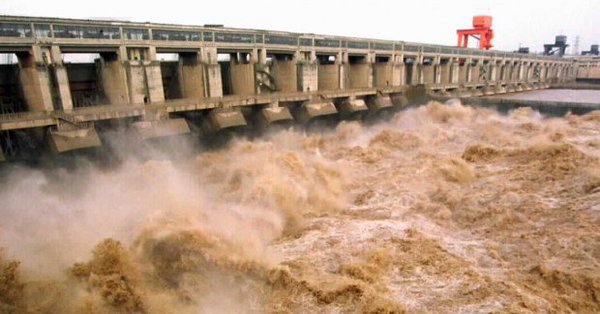Nepal’s economy to grow by 3.3% in FY24, driven by revived tourism and pickup in hydropower exports
The latest Nepal Development Update, Nepal’s Economy on a Recovery Path, but Private Investment Remains Low, projects a further rebound in growth of 4.6% in FY25.

Nepal’s economy is expected to grow by 3.3% in FY24, driven by revived tourism and a pickup in hydropower exports. On the demand side, private consumption will drive growth, supported by a substantial increase in remittance inflows, according to the World Bank’s twice-a-year country development update.
The latest Nepal Development Update, Nepal’s Economy on a Recovery Path, but Private Investment Remains Low, projects a further rebound in growth of 4.6% in FY25. However, the forecast is subject to multiple risks, including a growth slowdown in partner countries, notably India, Gulf countries, and Malaysia which could lead to a drop in remittances and tourism. Further business environment reforms aimed at attracting more private investment will be needed to support medium-term growth.
“Strengthening the implementation of capital expenditure, boosting business confidence, and strengthening Nepal's international competitiveness are key to stimulating economic growth and reducing poverty,” said Faris Hadad-Zervos, World Bank Country Director for Maldives, Nepal, and Sri Lanka.
The Nepal Development Update is prepared in parallel with the South Asia Development Update, a twice-a-year World Bank report that examines economic developments and prospects in the South Asia region and analyzes policy challenges countries face. The April 2024 edition titled Jobs for Resilience shows growth in South Asia is again higher than any other emerging markets and developing country region in the world, projected at 6% in 2024 and 6.1% in 2025. But this strong outlook is deceptive, says the report. For most countries, growth is still below pre-pandemic levels and is reliant on public spending. At the same time, private investment growth has slowed sharply in all South Asian countries, and the region is not creating enough jobs to keep pace with its rapidly increasing working-age population.
“South Asia is failing right now to fully capitalize on its demographic dividend. This is a missed opportunity,” said Franziska Ohnsorge, World Bank Chief Economist for South Asia. “If the region employed as large a share of the working-age population as other emerging markets and developing economies, its output could be 16% higher.”
The South Asia Development Update recommends a range of policies to spur firm growth and boost employment, including increasing trade openness, improving business climates and institutions, removing financial sector restrictions, improving education, and strengthening legal protection of women’s rights. And these measures would also help lift employment growth and boost productivity, and free up space for public investments in climate adaptation.
- READ MORE ON:
- Nepal










